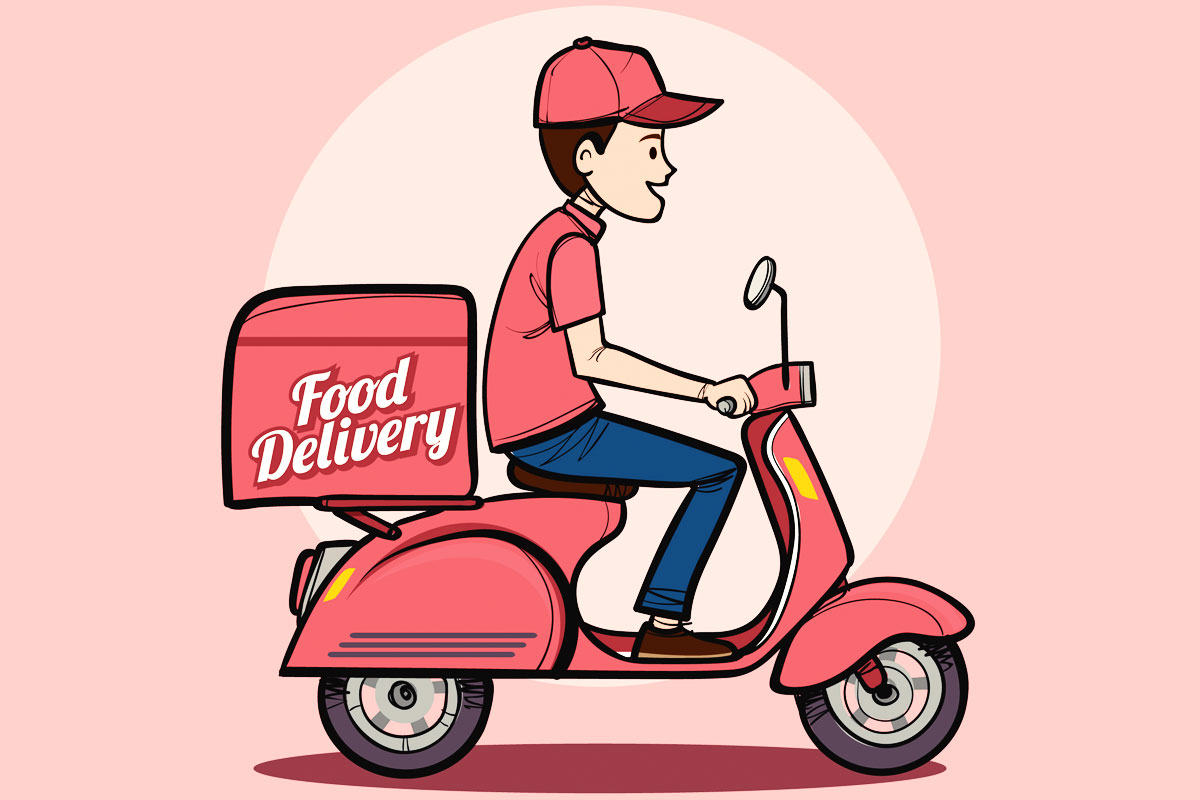Here we are specifically referring to orders placed via food apps on your mobile phone.
The food apps have several built in technology features enabling seamless connection between the restaurant menu and your actual order. The food delivery location is automatically selected based on your current location. You have a choice of changing the location too. The food app user interface prompts for the particular time you would require the food to reach your place. The app also has data of restaurant opening & closing times. The inbuilt intelligence inside the apps ensure only those restaurants which are open are shown to you at your selected time of delivery.

During the process of ordering, the food app connects with restaurant system via its API, technically expanded as Application Program Interface. This essentially acts as a bridge between the food apps and restaurant software system. Critical data such as restaurant’s menu, latest offers, open and close times are collected via the technology of application program interface.
Once the order is placed, the order confirmation is obtained in real time from the restaurant and updated on the app. This confirmation message is followed by the time of delivery of the order.
The time of food delivery is estimated based on the food preparation time, and the distance between restaurant and the delivery location. The app has the inbuilt intelligence to estimate the time based on the traffic in the possible routes between the restaurant and the food delivery location.
Another critical aspect is the offline coordination with food delivery person. Typically, food app companies have their respective delivery team, who indicate availability in a location. This means for an efficient food delivery to happen; the delivery person must be available and an order confirmation message appears only after confirming availability of the person. Once the order is confirmed, the contact details of the delivery person is updated on the food app.
The user experience one goes through is like the cab booking experience, wherein one receives the driver details once a cab booking is confirmed. The estimation time would ideally follow the principle of under commit over deliver, i.e. you can be assured that the food delivery would happen much earlier than the estimated time. For instance, if the estimated time of delivery is 45 minutes, be ready to receive the order ahead of schedule.
The delivery person double checks the order and ensures prompt delivery. It is estimated that the workload of a delivery person varies between 15-30 orders per day. They are paid higher wages per delivery to work in weekends. They are given bonuses for ensuring on time delivery to customers.
Due to unforeseeable circumstances if your order gets delayed, then the app company bears the cost of the entire order and adjusts it in the next order. This is done on a case-to-case basis and only after an internal assessment by the app company support team is the order amount refunded.
The food delivery systems are highly efficient and deliver 100,000+ orders per day. Typically, a food app company would have partnered with 10,000+ restaurants in a couple of major cities. In case you have a problem with the order, all the food app companies monitor complaints in real time on social media as well within the app.